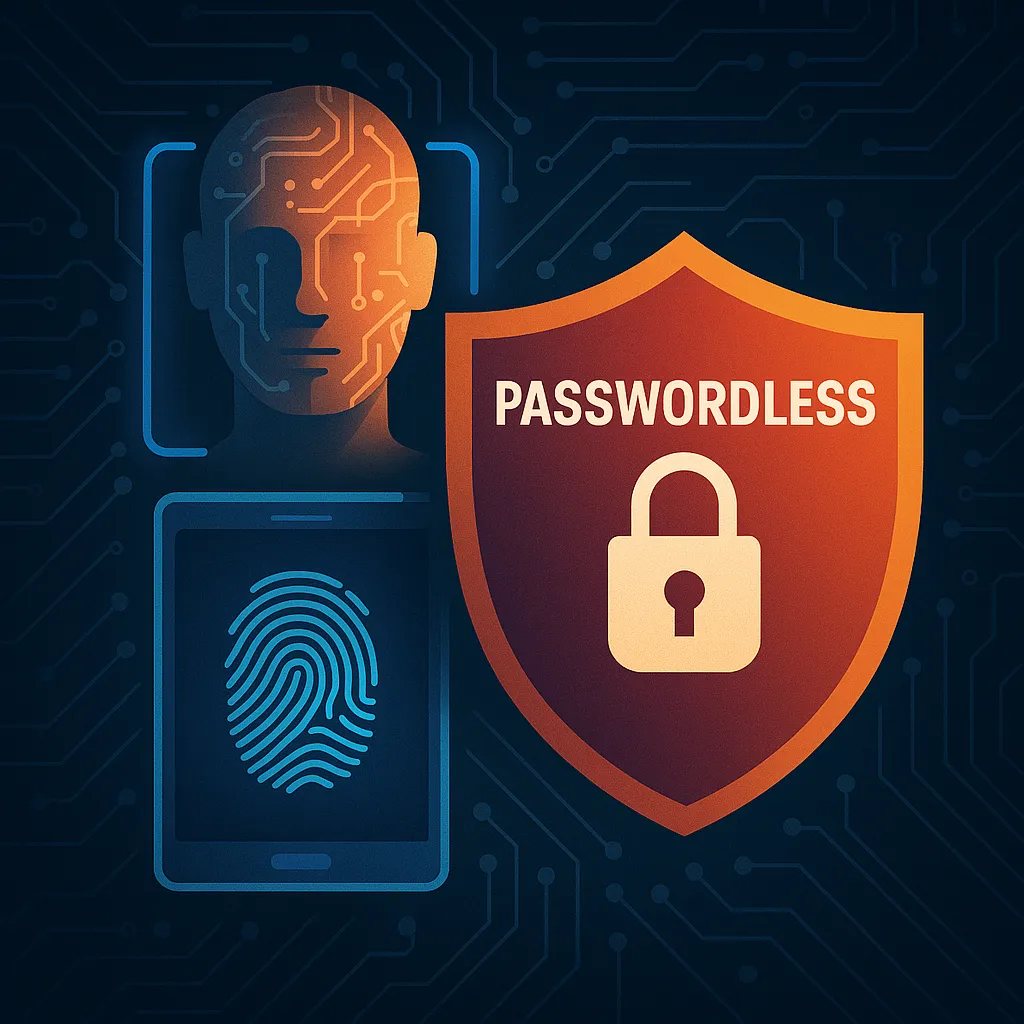The Rise of Passwordless Authentication: A Closer Look at Modern Cybersecurity Solutions
In today's digital era, the traditional password-based authentication is proving insufficient in the face of sophisticated cyber threats. This leads us into the realm of passwordless authentication, a revolutionary concept designed to enhance security while simplifying the user experience.
What is Passwordless Authentication?
Passwordless authentication is a method that allows individuals to access services and applications without the need to enter a traditional password. This form of authentication relies on alternative methods such as biometrics, hardware tokens, or smartphone apps to confirm user identity (source).
The Role of MFA in Passwordless Systems
Multifactor Authentication (MFA) plays a crucial role in passwordless systems by adding an additional layer of security. This involves the combination of two or more independent credentials: something you have, something you are, or something you know (source).
Technological Enablers of Passwordless Authentication
One of the key technological advancements in passwordless authentication is the FIDO2 protocol, which stands for Fast Identity Online 2. This protocol uses public key cryptography to enable secure access to online services, physical devices, and applications with minimal user interaction. Companies like rf IDEAS are pioneering the implementation of FIDO2 credential solutions, allowing seamless integration into existing systems (source).
Deployment in Large Organizations
Large organizations are beginning to adopt passwordless solutions to enhance security and streamline user management. Microsoft, for example, encourages the use of passwordless methods such as Windows Hello for Business to protect against phishing and other cyber threats (source).
In conclusion, passwordless authentication is not just a trend but a substantial move towards a more secure and efficient method of managing identities in cyberspace. As businesses and individuals increasingly recognize the benefits, we can expect wider adoption of these technologies.

